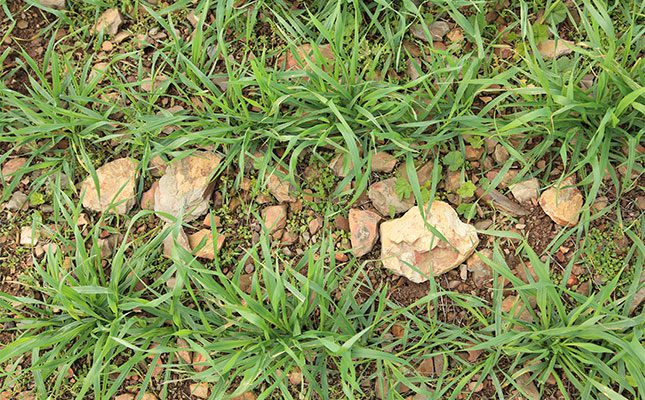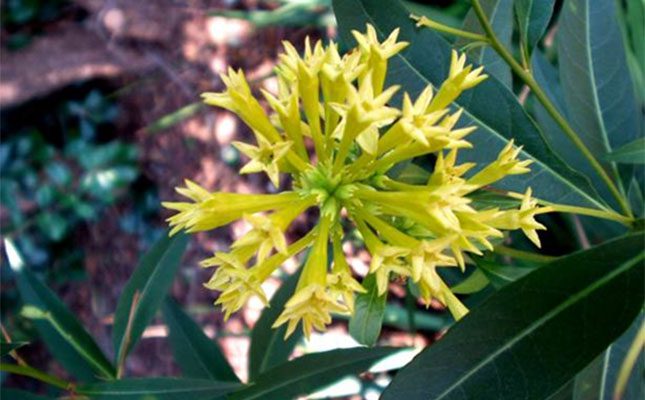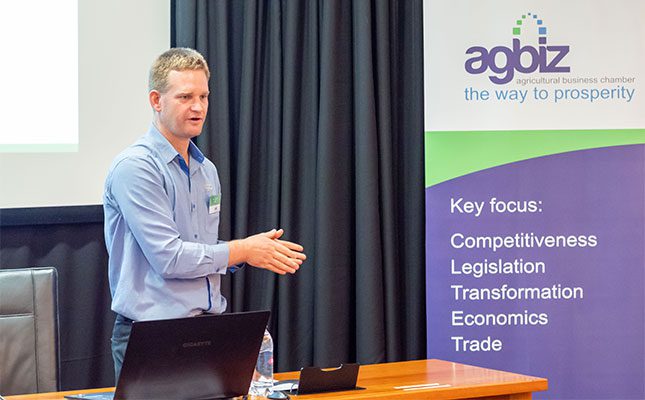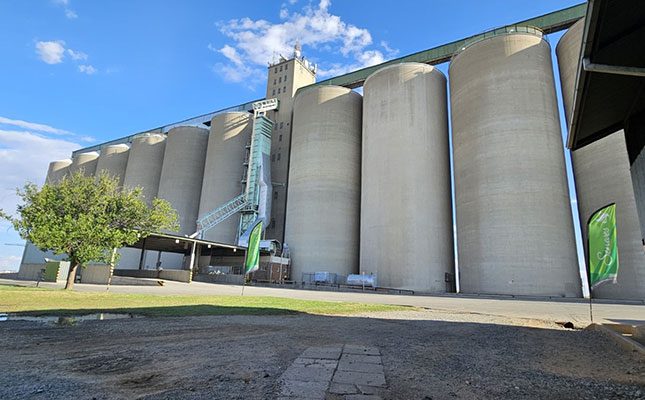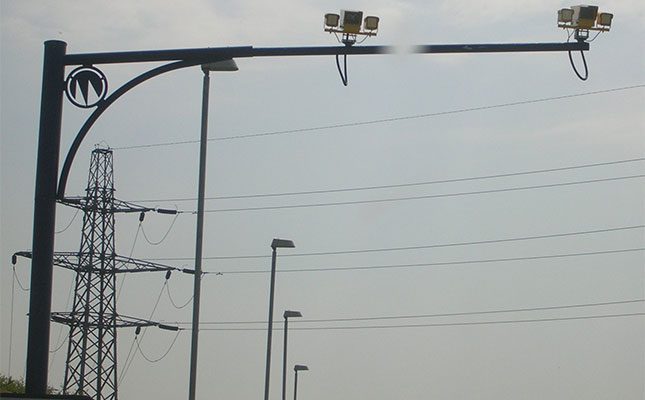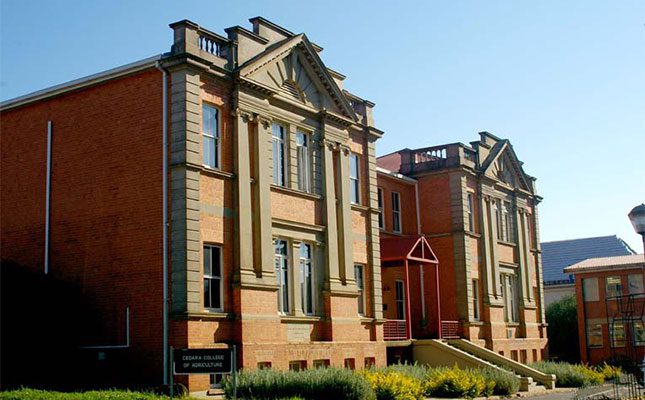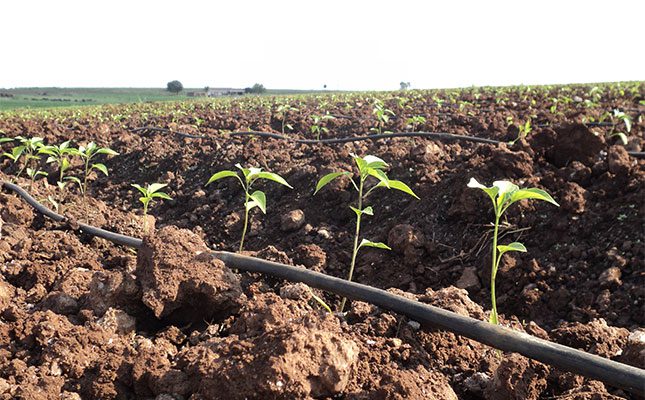
Photo: Lindi Botha
In an article published by World Bank Blogs earlier this month, John Baffes, senior agricultural economist at the World Bank’s Prospectus Group, explained that global politics were playing an increasing role in reshaping the fertiliser market.
“Nitrogen supplies have been particularly affected by policy interventions, most notably China’s discretionary export restrictions.
“In 2024, China’s nitrogen fertiliser exports fell by more than 90% year-on-year, as authorities prioritised stabilising domestic prices and securing supplies for domestic agricultural production. These restrictions remained in place well into 2025. Phosphate exports have also been curbed,” he explained
Sanctions against Russia and Belarus have also impacted global supply and therefore prices. Global urea production has fallen short of demand, leading to increased prices.
Baffes said market conditions were expected to remain tight this year, particularly for urea, with its prices forecast to increase 15% in 2025 before declining by 4% in 2026 as new capacity becomes operational in East Asia and the Middle East.
“Additional trade restrictions, supply interruptions, and spikes in ammonia and natural gas prices could push DAP [diammonium phosphate] prices even higher towards the end of the year, after already rising 23% in the second quarter of 2025. MOP [muriate of potash, or potassium chloride] prices are projected to rise by about 5% in 2025, but will stabilise in 2026,” he added.
Speaking to Farmer’s Weekly, Wandile Sihlobo, chief economist at Agbiz, noted that since South Africa imported 80% of its fertiliser, global prices had a significant impact on the country.
“We must start preparing for a slightly tougher input cost environment,” he added.
Sihlobo noted that the high fertiliser prices this year were far below the elevated levels seen in 2022/23, following COVID-19-related supply chain challenges, the outbreak of the Russia-Ukraine war, and restrictions on China’s exports.
“However, the current levels are significantly above the pre-COVID-19 levels, indicating that farmers continue to face elevated input costs,” he said.
On a positive note, Sihlobo indicated that the relative strength of the rand could ease the input cost pressure to a certain extent.
On Friday, 18 July, the rand was trading at around R17,69/US$1, compared with R19,10 in January.

